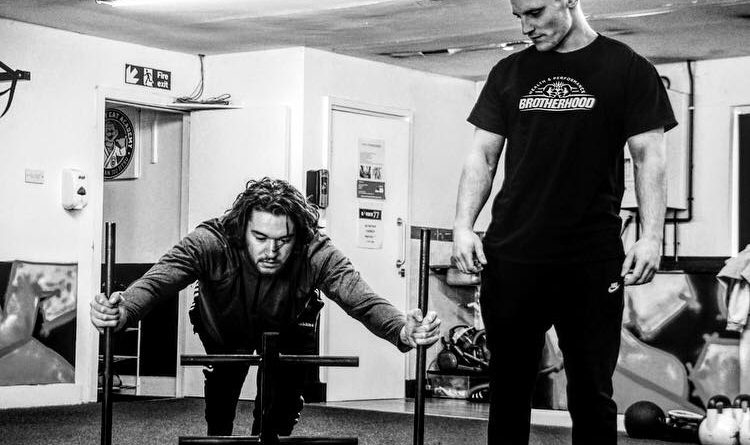Training Tips: Periodised Sparring Structure for Competition
When it comes to training for competition, the basic thought principle behind most grapplers is to spar as much and as often as possible. This increase in training volume comes with the assumption that repeating a competition game or technique will cause it to become second nature.
This is a completely valid training method and, in theory, performing techniques over and over again at higher intensities is a method to ensure effectiveness at competition intensity. An additional theory is that performing excess amounts of sparred rounds will increase fitness. Again this is theoretically sound, as increases in training volume and intensity will cause cardiovascular and muscular endurance adaptations to a point.
But what if we could make this process more efficient?
What if we could implement different training strategies over an 8 week competition prep to not only build specific competition conditioning but also help minimize over-training and excess stress to the body as an athlete gets closer to competition?
Periodisation is a long term method of structuring and organizing training to try to maximize performance increases and minimize unnecessary stress whilst leading to an end goal (in this case, the end goal would be a tournament/competition match).
The main problem that comes with a high volume of sparring when compared to competition times is specific application. A competition sparring class will usually consist of 4-5 specific positional rounds and then 5-10 full time limit rounds with limited rest periods. When we compared to an actual competition day, which usually consists of 1 match followed by a long break (5-10 minutes) repeated 3-6 times at maximal intensity, we can start to assess the differences. A competition match will, in most cases, be at maximal intensity as athletes are fueled by adrenaline, fear, excitement and the general prospect of winning the division.
This leads to high levels of mental and physical fatigue. In the training room, most athletes will probably not reach maximal intensity especially in sessions >8 rounds simply due to minimal rest periods and the ability to repeat said intensity over the duration of a full class. Once we start to look at this we can begin to put in place different techniques to not only peak for a competition but maximize the athlete’s ability to manage stress and recover in competition settings.
So, how do we fix this?
There are two main methods we can use to try to replicate competition intensities in training and apply some specificity to an athlete’s preparation:
1. Full King of the Mat competition rounds – 2 athletes selected at similar weights compete against each other whilst the rest of the class watches/coaches. This will replicate the pressure of a tournament with all eyes watching the mat. It will give the athletes the ability to get a feel for the nerves, apprehension and changes in physical feeling (e.g. increased heart rate, forearm pump, grip fatigue and adrenaline dumps, etc.). For increased specificity, you could have a referee and a scoring table.
2. 1:1 Sparring to rest periods (5-10 minute round followed by 5-10 minutes rest) – This drill will help to maintain high intensities throughout a full class. For example, in an average class, an athlete will rarely exceed 80% intensity due to fatigue and fatigue management. In competition, most athletes will be expected to fight as hard as possible to ensure victory and then have a significant rest period in between matches. By implementing this strategy in a training environment, the athlete has the freedom to training at 80-100% intensity and have sufficient rest in between rounds to ensure this can be replicated in a tournament setting. Active recovery such as light drilling can be used as a method of minimizing time wasting in rest periods.
So, how would we put this into a basic periodised structure to peak for competition? Let’s say an athlete has an 8 week preparation for a tournament or match.

As you can see, the closer the athlete gets to the competition, the lower the training volume becomes and the more the intensity increases. This is what is known as a linear progression. Although when it comes to strength training it may not be the most effective method, it can be a simple way of monitoring and implementing different training modalities on the mats to ensure the athlete is getting a sufficient competition specific stimulus while also helping reduce excess training volume closer to the competition.
For more info, check out Andrew at Brotherhood Health & Performance.
Looking for help with a BJJ injury? Book an online video consultation with BJJ black belt and osteopath Rosi Sexton.

